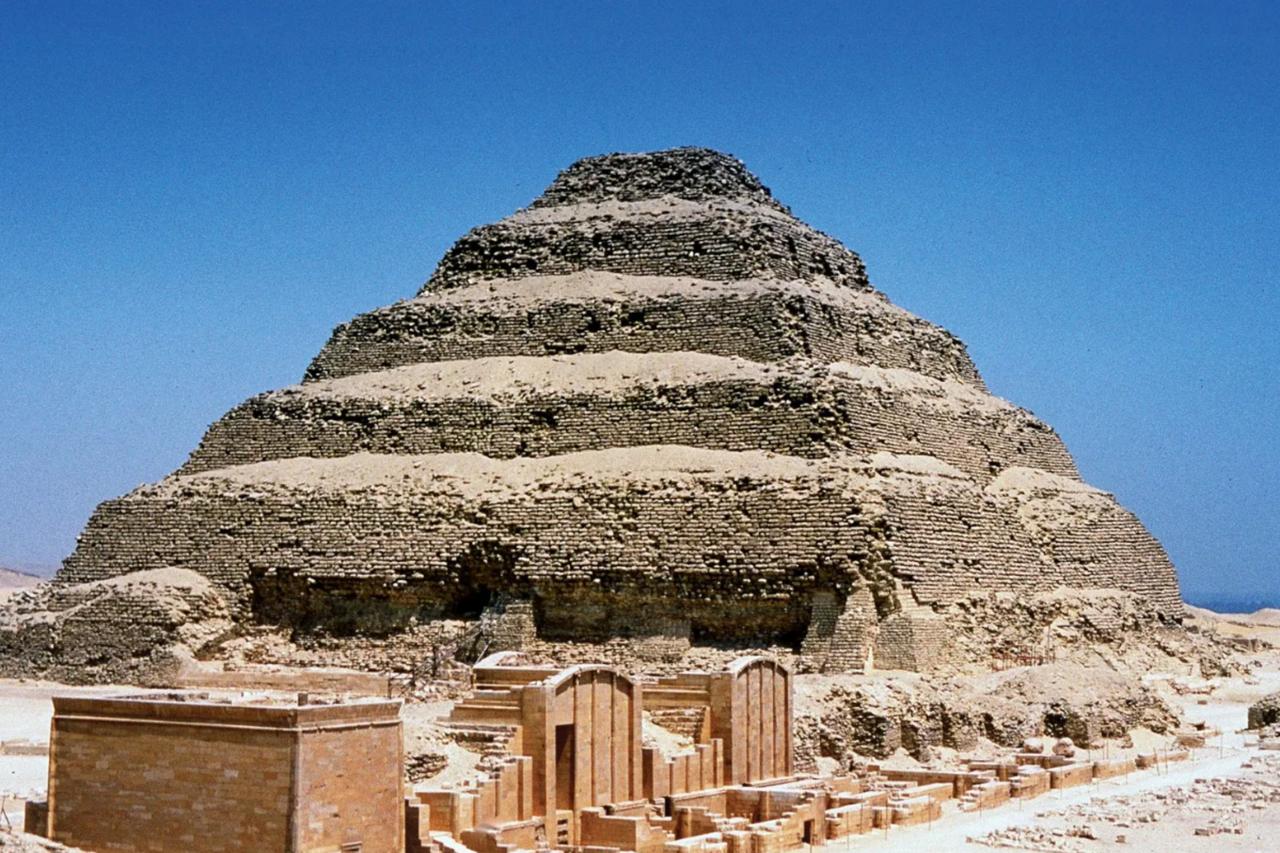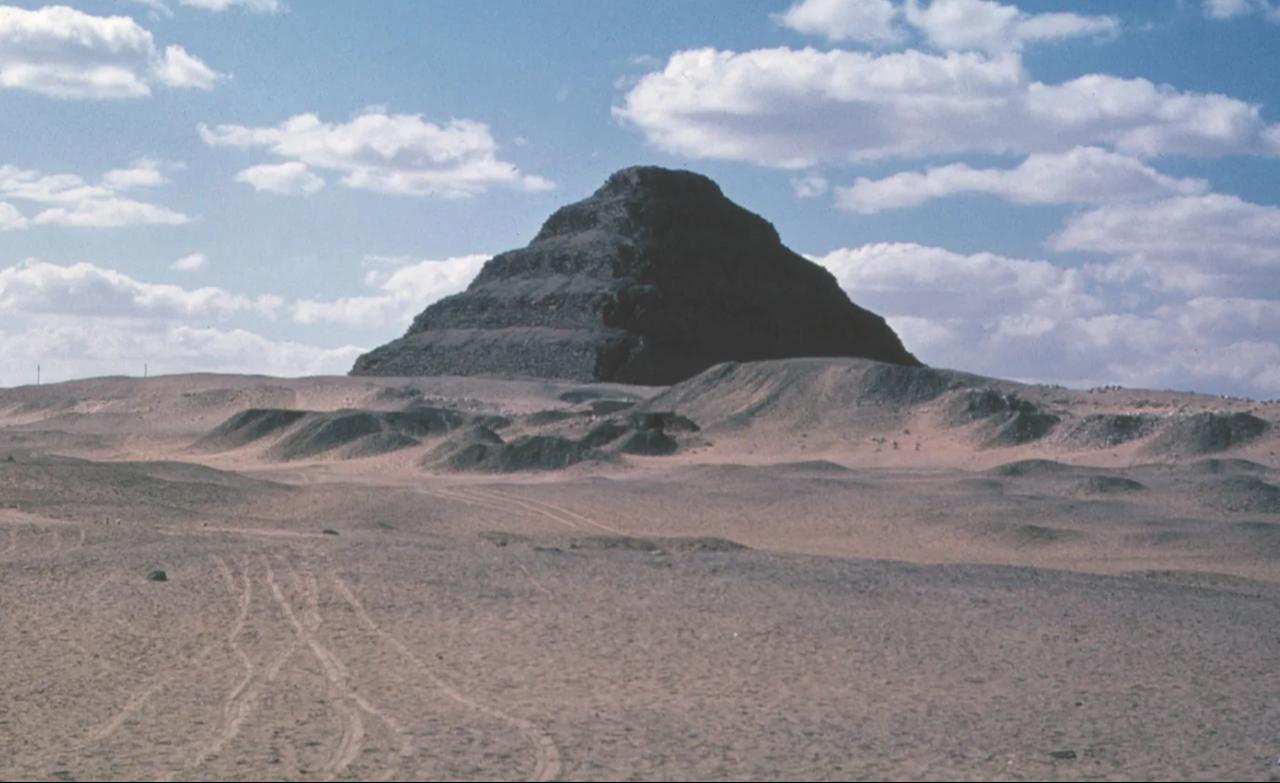
A new preprint study argues that ancient Egyptian engineers likely used a hydraulic lift to raise heavy stone blocks inside the Step Pyramid of Djoser at Saqqara about 4,500 years ago, pushing the timeline for large-scale hydraulic systems further back than previously believed.
The authors say the pyramid’s internal architecture fits a hydraulic elevation mechanism that could have moved oversized blocks “from the pyramid center in a volcano fashion,” with water pressure pushing stones into place.
They describe this as the first time such a mechanism has been proposed for that site and period.
Based on mapping of nearby watersheds, the team links a massive, still-enigmatic structure at Saqqara—the Gisr el-Mudir enclosure—to the features of a check dam intended to trap sediment and water.
They add that the surrounding topography indicates a temporary lake west of the Djoser complex, with water flowing in a moat-like pattern around it.

As a Nile tributary fed the area, the study suggests a dam could have created a temporary lake that connected the river to a “Dry Moat” encircling the Djoser site. The system, they argue, would have helped transport materials and meet the hydraulic needs of construction.
“The ancient architects likely raised the stones from the pyramid center in a volcano fashion using the sediment-free water from the Dry Moat’s south section,” the team writes.
In one section of the moat, researchers identified a monumental linear rock-cut arrangement of deep-trench compartments that combine the functions of a settling basin, a retention basin, and a purification system—an approach they note still appears in modern water treatment plants.
“Together, the Gisr el-Mudir and the Dry Moat’s inner south section work as a unified hydraulics system that improves water quality and regulates flow for practical purposes and human needs,” the paper states.
The team believes the available water would have been sufficient for the project’s requirements, adding that Egyptians already mastered hydraulics for irrigation canals and barge transport. “This work opens a new line of research: the use of hydraulic force to erect the massive structures built by Pharaohs.”